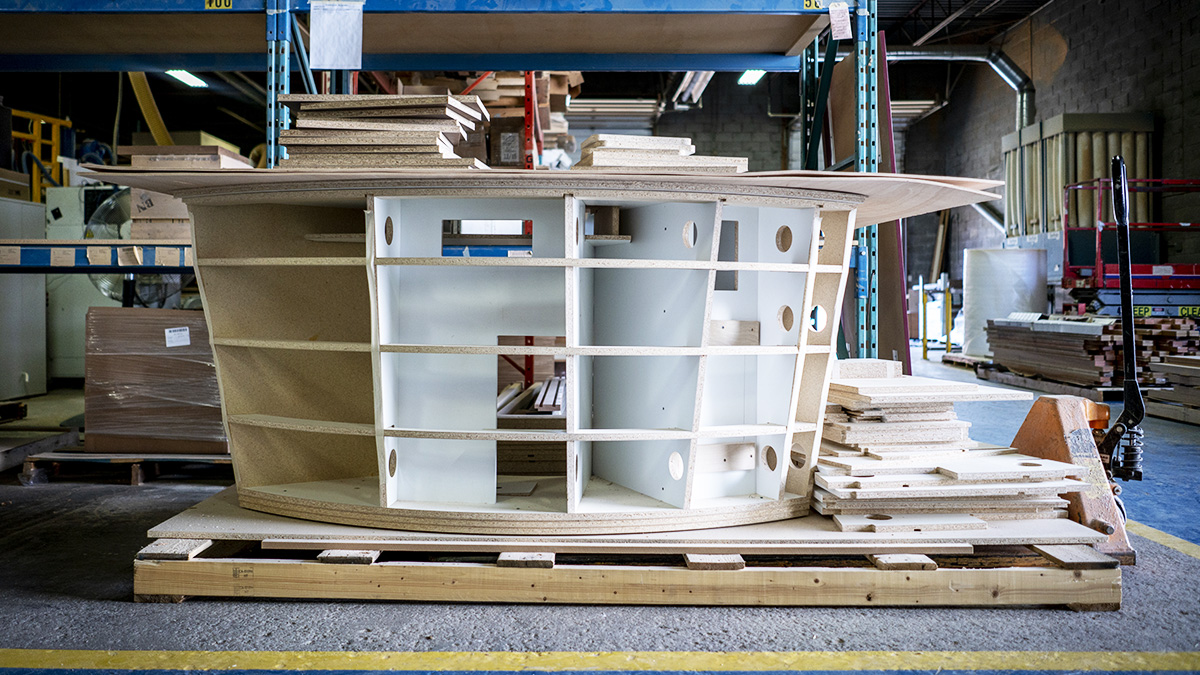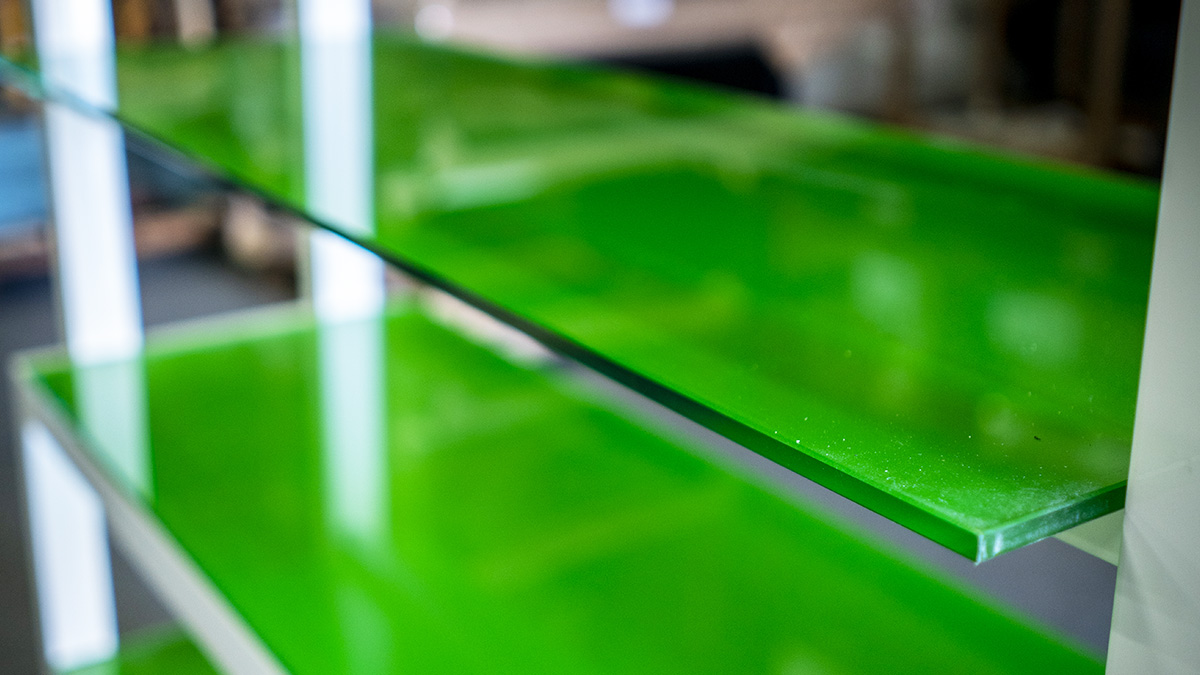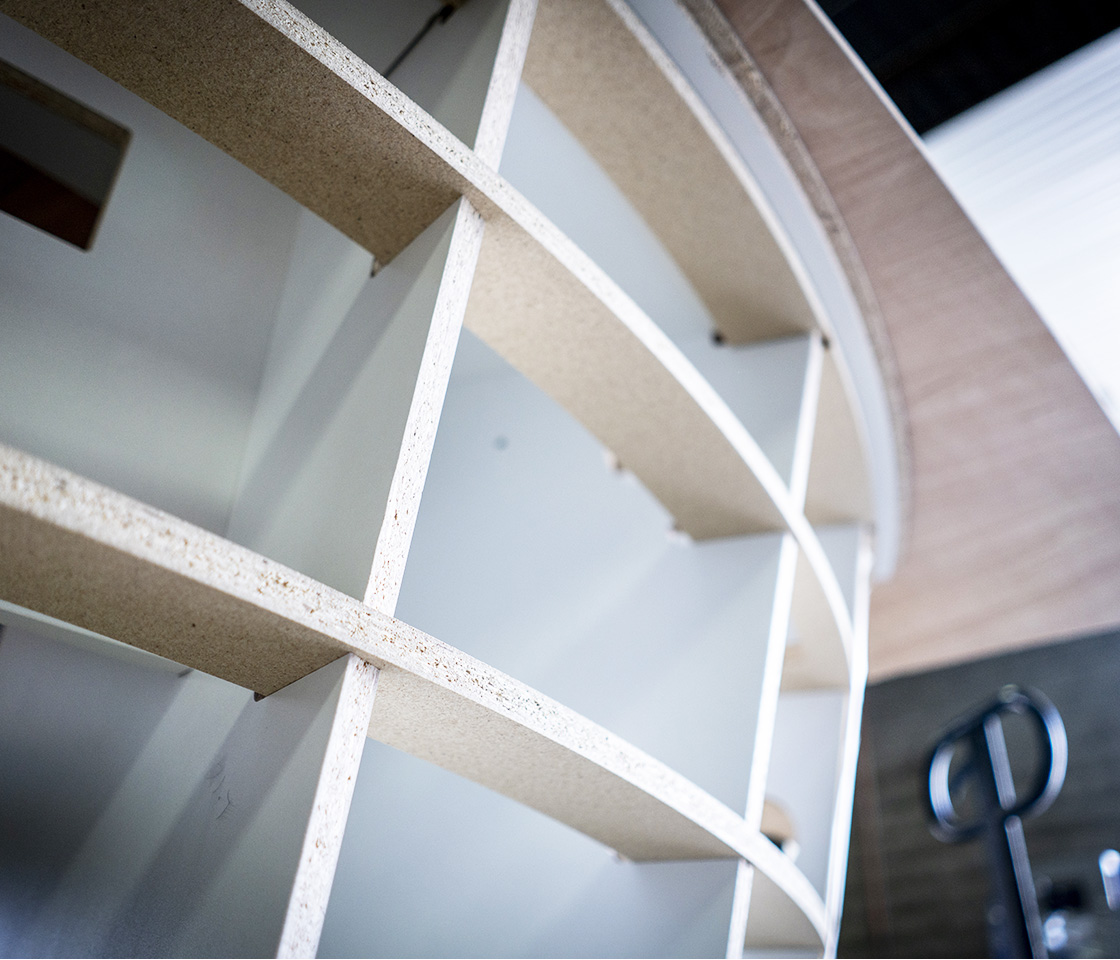Why Prototyping Is a Cost-Effective Insurance Policy Protecting Your Next Program.

Every retail program starts with an idea, a sketch on a napkin, a reference photo, and an unmovable budget.
From there, the challenge is taking that concept and turning it into something that works in the real world. That means scoping how it should look, function, and hold up once it’s in stores.
For retail fixtures and displays, this is where the real decisions begin:
- Which materials reflect your brand, deliver the required durability, and fit within budget?
- How should the fixture be engineered to safely support your goods?
- How will it stand up to daily use, cleaning, and customer traffic?
The prototyping phase is where these questions, and so many more, get answered.
It’s where drawings turn into full-scale fixtures and displays that are tested to ensure they can handle everyday use in stores, day after day, month after month, year after year, proving they work in the real world with real staff and real customers.
This phase is also the step that many teams feel pressured to skip to save time or budget. Even though skipping prototyping risks rework, delays, and higher costs later in the program.

In reality, when it comes to custom retail fixtures, prototyping is the insurance policy that uncovers what plans and renderings cannot. It’s where every assumption gets tested and where you find out if a fixture really works before mass production begins, when changes are no longer an option.
But before we go any further, let’s take a step back. What exactly do we mean by prototyping, and how does it save time, protect your budget, and reduce risk on your next rollout?
 What Is Prototyping, Really?
What Is Prototyping, Really?
In the retail fixture industry, prototyping means building a full-scale, functional version of a custom fixture before mass production begins.
It’s the stage where teams build and test the fixture using the same materials, hardware, and finishes planned for rollout.
Every part of the build is tested to make sure it fits, functions, and holds up to real-world use. Catching any potential issues now prevents costly fixes later, saving time, money, and headaches once production starts.
Dig Deeper: Get an insider’s look behind the scenes with our President, Bud Morris.
 Why Prototyping Matters: What It Catches Before It Costs You
Why Prototyping Matters: What It Catches Before It Costs You
When you skip prototyping for fixtures, you may save time, but you’re also shifting risk.
With every custom fixture, there are new materials, finishes, and construction details that haven’t been tested together before.
A design that looks perfect in drawings can behave differently once it’s built; materials flex under load, finishes react to lighting, or assembly takes longer than planned. When that happens after rollout begins, every store becomes a job site, and every adjustment adds cost.
Prototyping reveals those issues early, when they’re inexpensive to address. Here are some of the most common pitfalls that prototyping prevents:
1. Material Mismatches
Not every material suits every environment.
What works in one environment, say a fashion or jewellery store, might warp, stain, or delaminate in another setting, like a garden centre where carts bump corners, humidity builds, and plants are watered constantly.
Here are five of the most common issues that affect material performance:
- Moisture and humidity: Wood, laminate, and composite materials can expand, stain, or delaminate over time.
- Heat and chemical cleaners: Common in QSRs and c-stores, they can warp surfaces or dull finishes.
- Lighting and reflection: Glossy or metallic materials can distort colours and product visibility under retail lighting.
- Foot and cart traffic: Constant impact and abrasion wear down edges, corners, and coatings.
- Handling and cleaning routines: Daily wiping, restocking, and contact can wear down finishes, cause edges to lift, and dull surfaces over time.
Prototyping allows teams to test and validate materials for durability, finish, and long-term performance in the environments where they’ll actually be used.
2. Weight and Load Issues
Fixtures aren’t static pieces of décor. They carry product, signage, and sometimes even the stress of being climbed on by shoppers. A fixture might look solid in design files, but may fail once real loads are applied.
Prototyping gives teams the chance to test those limits before rollout. By physically building and loading a full-scale fixture, you can confirm that every shelf, bracket, and support performs safely and consistently under real use.
It’s also where unexpected factors come to light, like heavier product mixes, uneven weight distribution, or how staff interact with the unit.
Through prototyping, these issues can be caught and corrected long before fabrication starts. The result is a fixture that not only looks right but performs reliably across every store, no matter what’s placed on it or how it’s handled.

That’s the difference between assuming a design works and proving that it does, before rollout, before mass production, and before mistakes become expensive.
3. Budget Alignment
During prototyping, the true cost of production reveals itself. You know what we mean: the decision to work with copper or brass? Is stainless steel really necessary? Or that complex glue-up that looks great on paper but takes twice as long to build in our millwork.
Prototyping is the stage where teams can look at the actual build, see how design and material choices affect time and cost, and make smart adjustments.
During this stage, teams can:
- Spot hidden expenses that weren’t obvious during planning.
- Compare materials and finishes side by side to find savings without losing the look.
- Simplify assemblies to make manufacturing faster and installation smoother.
In the end, it isn’t about cutting corners. It’s about proving that what’s been designed can be built efficiently, meet quality standards, and stay on budget.
Even the best-looking, most durable fixture can create problems once it leaves the factory, from how it’s packaged and shipped to how it’s loaded in and installed on site.
The prototyping phase is where those challenges are caught before they turn into on-site headaches. It’s what answers critical questions for rollout:
- Will the custom fixture ship efficiently and arrive ready to install, whether flat-packed to save on freight or pre-assembled for faster setup?
- Will it fit the space once it’s on site, aligning with real store conditions, clearances, and utilities?
- Can installation happen quickly and cleanly, without disrupting customers, staff, or store operations?
Building and testing a full-scale version allows us to see how the fixture will actually be built, handled, and installed.
When these details are confirmed before production, teams avoid last-minute rework, site delays, and costly downtime.
 Why Prototyping Always Pays Off
Why Prototyping Always Pays Off
Prototyping is how smart retail teams buy peace of mind. It’s the insurance policy that protects your project before a single fixture gets built.
Every custom build is unique, with new materials, construction details, and store conditions. On paper, everything fits perfectly. In the real world, it rarely does.
Prototyping confirms that every fixture performs as intended under real-world conditions — catching the unknowns that no drawing or rendering can predict. Finding those details early keeps programs on schedule and budgets intact before small oversights turn into costly, store-wide problems.
Here’s what happens when you budget the time needed for prototyping:
- No surprises in production. Full-scale builds expose real issues before purchase orders and fabrication costs multiply.
- No downtime during rollout. Because the fixture has already been tested, installation crews work faster and with fewer adjustments.
- No wasted spend. Corrections happen once in the prototype, not across dozens of stores.
For retailers, this step pays for itself many times over. It saves time, protects budget, and gives every stakeholder confidence that what’s being built will work as planned.
 The CBSF Prototyping Process: Where Every Build Begins the Right Way
The CBSF Prototyping Process: Where Every Build Begins the Right Way
Prototyping only works when the team behind it understands how every design decision affects what comes next, from fabrication to installation to rollout. That’s where CBSF’s experience makes a real difference.
As Bud Morris, President of CBSF, puts it.
“You have to have the right people in the room. You need a full understanding of what the retailer wants and all the options available to help them succeed. It’s not just about building what’s on paper, it’s about knowing how to make it work in the real world.”
After thousands of builds and national rollouts, we’ve learned that the best prototypes don’t just validate a design, they set the standard for everything that follows. Getting this step right is what keeps programs consistent, efficient, and cost-effective from the first store to the next hundred.
 The Bottom Line
The Bottom Line
For most retailers, the prototyping phase is where ideas become real fixtures. It’s the stage that turns sketches, budgets, and design intent into builds that fit the space, hold the product, and stand up to everyday use.
Rather than skipping steps, we believe in building smarter fixtures and displays through prototyping. A well-built prototype doesn’t slow a project down; it gives you proof that every detail works before production ever starts.
If you’re developing a new retail program or fixture concept, connect with our design and manufacturing team. We’ll prototype, test, and refine your design in-house, so when it’s time to build and roll out, everything comes together exactly as planned, on time, on budget, and ready to install.
Want more retail design insights? Join 400+ retail professionals who read our email newsletter full of practical advice and design ideas. https://mailchi.mp/8a889d2ab116/v

